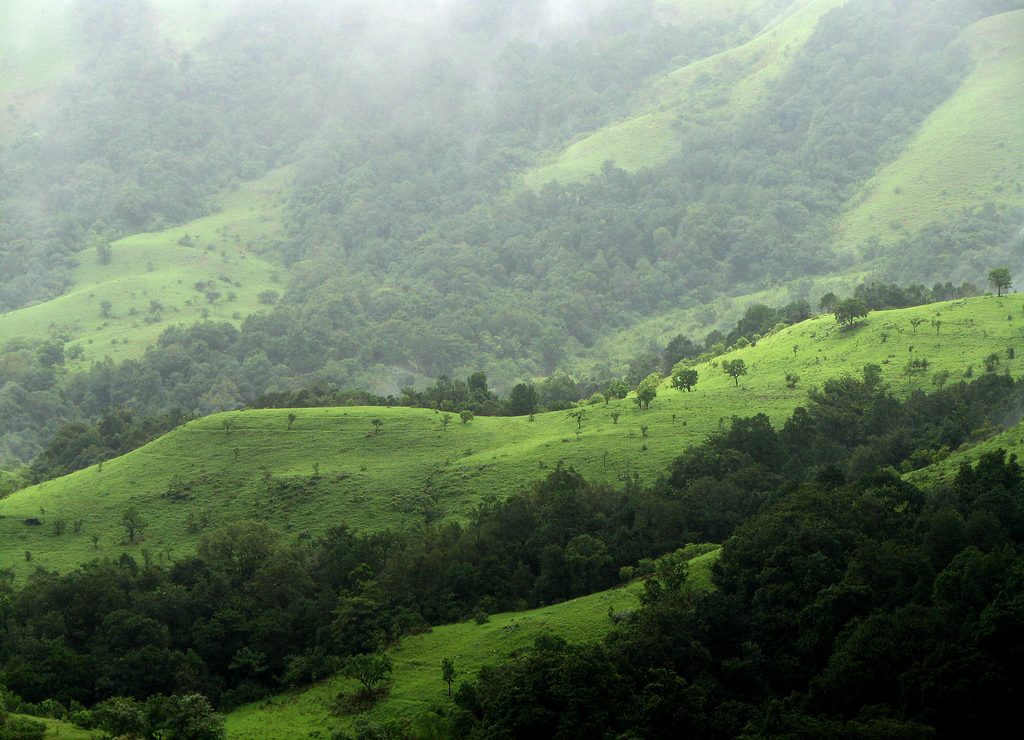Researchers flag the potential of geothermal energy development in Maharashtra, India

Recent studies by Indian researchers, show a great potential for the utilisation of geothermal energy in the Western Ghats in Maharashtra, India, highlighting direct use opportunities but also power generation.
A team of researchers led by IIT-Bombay recognises vast economic potential in the famous geysers of Maharashtra’s Western Ghats, as reported by local news outlet ThePrint in India.
An IIT-Bombay-led team studied the famous geysers of the Western Ghats in Maharashtra, India and shared their results that show a great potential of geothermal energy development for energy production and job creation. With geothermal features in the green landscape of the region, geothermal energy could provide transformative powers to the local economy, such as food processing, fish farming etc.
The team, comprising Trupti Chandrashekhar of the department of earth sciences at IIT-Bombay, and collaborators from IIT-Hyderabad, Rajiv Gandhi Institute of Petroleum Technology, Amethi, and the University of Florence, Italy, had set out to study a 350-km stretch of Maharashtra’s over 720-km coastline.
The region, called the west coast geothermal province (WCGP), is one of India’s seven geothermal areas. It has more than 60 hot water springs across 18 locations, where water steeped in minerals bursts forth at temperatures between 40 and 72 degrees Celsius.
Geysers in Maharashtra and the Konkan region are not unheard of, and are a source of water as well as medicinal and religious significance to locals. But the researchers’ analysis has yielded evidence of the highly tappable potential of geothermal systems on the Maharashtrian coast, which they suggest could spawn a whole range of commercial operations.
“The west coast geothermal province serves as a ready platform for developing natural greenhouses (similar systems are in place at Turkey, Russia, Hungary, China and Italy), dehydration units for perishable food products (widely used in West Asia and Europe), aquaculture centres and natural health spas (Wairaki, New Zealand, and Blue Lagoon, Iceland),” said Chandrashekhar, talking about some of the immediate uses the geysers could be put to.
“This can promote the growth of secondary and tertiary industries along with their associated direct and indirect job,” she added. “In addition to these uses, the heat from the earth can also be utilised for space cooling and space heating.”
“The mid- and long-term development plan [for the region] could be centred on the use of geothermal energy for generating cheap, clean and base power generation systems, beginning with the drilling of 10-to-15-metre-deep exploration pits along the identified locations,” said Chandrashekhar.
“A good energy mix is the need of the hour,” said Chandrashekhar. “A source of geothermal energy can serve as a base load to power an eternal source of green energy.
“India has an immense potential for geothermal resource development… [It can] generate over 10,000 MW (per day) of power using geothermal resources,” she added.
Currently, geothermal waters have not been tapped for commercial use in India, with all geysers only serving as sites of religious significance or for bathing and cleansing.
Among other things, tapping geothermal energy for power will help India cut its import bill for coal, a stated goal of the government.
Iceland serves as an example: The country derives all of its electricity from geothermal and hydel power, and, in 30 years, completely removed its dependence on fossil fuel.
Source: ThePrint